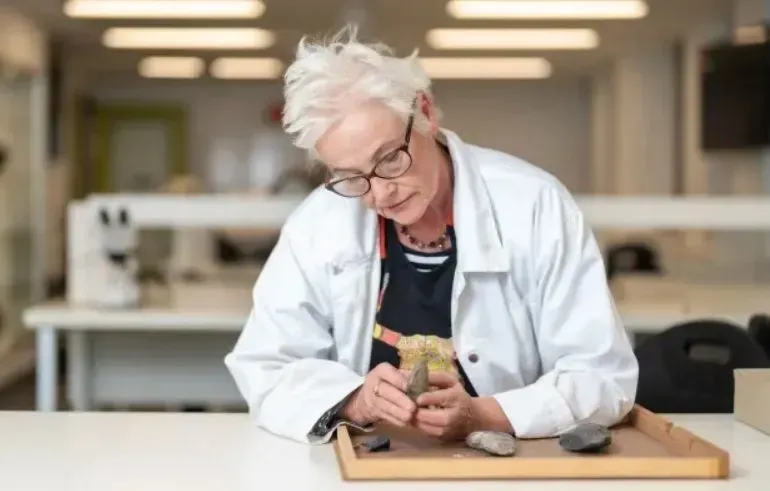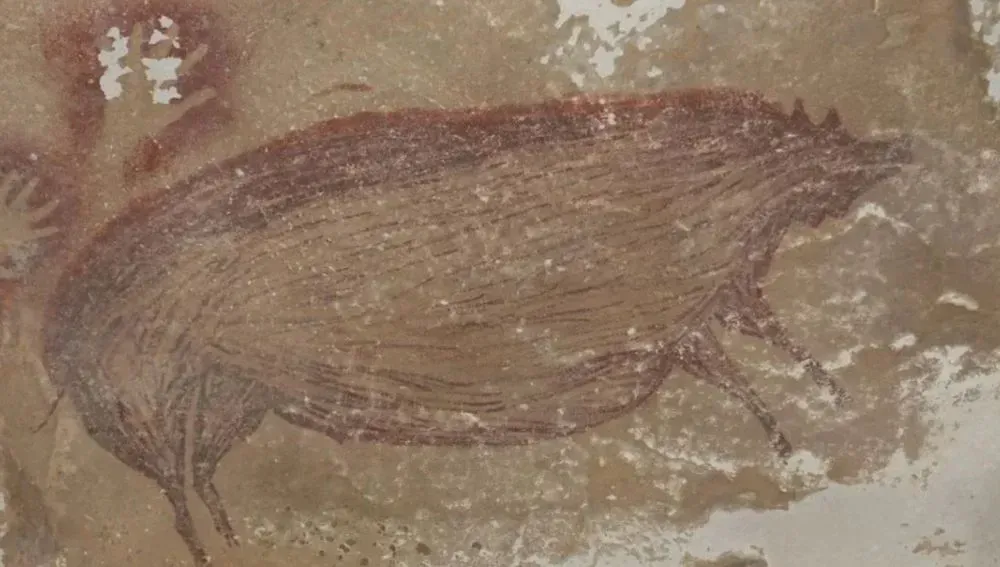Archaeologists: people lived on the territory of East Timor more than 40,000 years ago
Kyiv • UNN
Archaeologists have found stone artifacts and animal bones in a cave in East Timor, indicating that ancient people lived there about 44,000 years ago.

Together with neighboring Indonesia and Australia, this region is the site of the oldest evidence of human life. This was reported by UNN with reference to Nature Communications and Science Daily.
Details
Stone artefacts and animal bones found in a cave in the north of East Timor offer a new insight into where ancient people lived 30-40 thousand years ago. Archaeologists from universities in Australia and the UK are convinced that the findings in the so-called Laili rock shelter indicate that ancient people already lived there about 44,000 years ago.

Australian National University professor and archaeologist Sue O'Connor said that the new research findings provide insight into when people arrived on Timor.
"The absence of humans on Timor earlier than at least 50,000 years ago is significant because it indicates that these early humans arrived on the island later than thought," O'Connor said.

The discovery of the oldest archaeological finds in East Timor provides insight into the lives of ancient people in neighboring Indonesia and Australia.
Scientists find skull of huge ancient dolphin in the Amazon21.03.24, 00:26 • 29773 views
AddendumAddendum
Timor Island is located south of the Indonesian island of Sulawesi. Researchers believe that the life-size ochre image of a warty pig found there in 2021, which dates back 45,500 years, may be the oldest rock art on earth. Basran Burhan, an Indonesian archaeologist from South Sulawesi, said of the discovery that "people have been hunting Sulawesi warty pigs for tens of thousands of years.

"These pigs were the animals most frequently depicted in Ice Age cave paintings on the island, suggesting that they were long valued both as food and as a center of creative thought and artistic expression," Burhan said.
Earlier, the team found a 44,000-year-old drawing in another cave in Sulawesi that depicts half-human hunters using what looks like spears and ropes to chase wild animals. The discovery of this painting was named one of the top 10 scientific discoveries of 2020 by Science magazine.